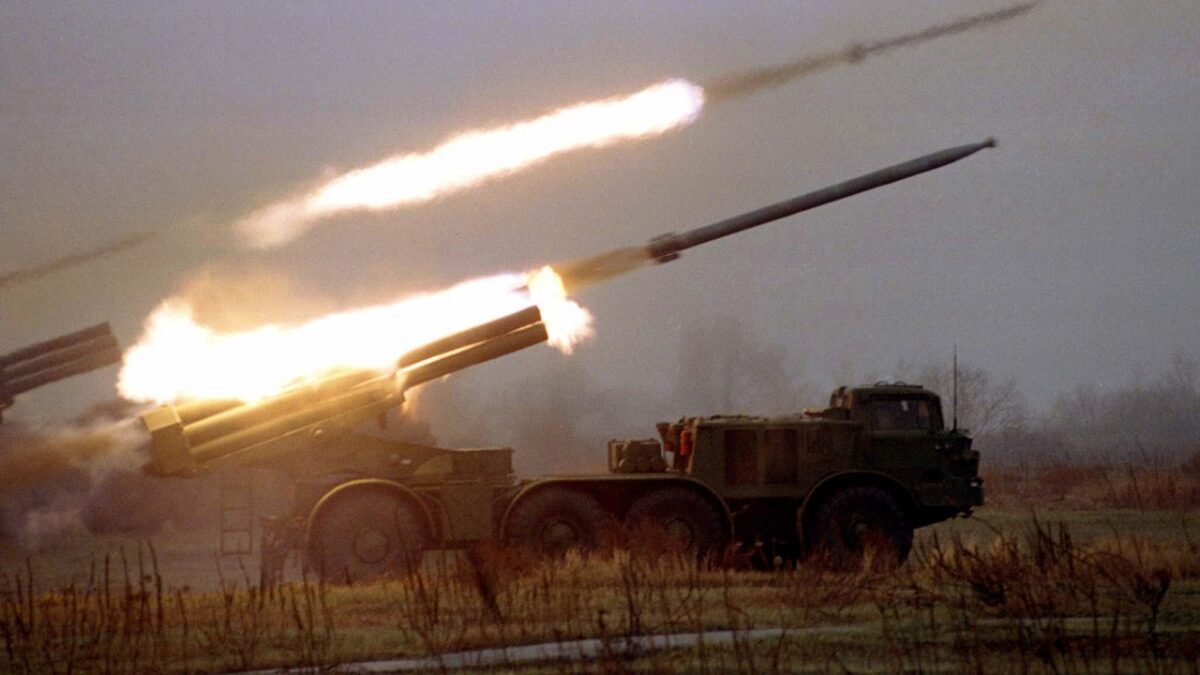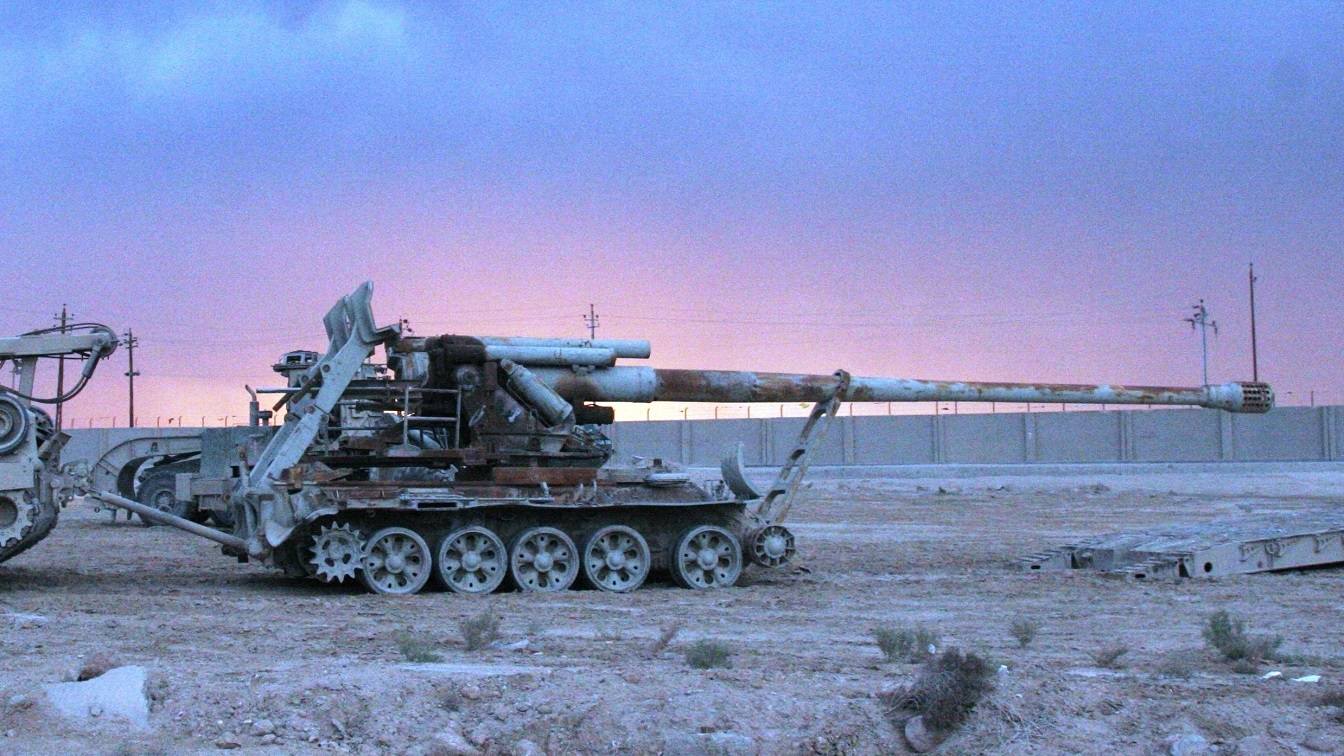Why would Russia need artillery shells and rockets from North Korea? Last week the United States revealed that it possesses intelligence showing that Russia reached out to North Korea to purchase artillery shells and unguided rockets. While American officials have not provided more details, they have been quick to argue that the Russian request demonstrates the effectiveness of sanctions and export controls levied against Moscow in response to its invasion of Ukraine.
The effectiveness of sanctions argument may have some merit, but in a roundabout way. Russia has reportedly asked North Korea for unguided rockets and howitzer shells. These types of artillery are fairly easy to produce because they do not have guidance systems. Even under sanctions, Russia should have the industrial capacity and materials to produce these munitions.
Western sanctions are probably more effective at reducing Russia’s ability to replenish more complex, guided weapons like long‐range cruise and ballistic missiles. Precise, long‐range weapons have more advanced components, especially for navigation, and Russia has imported materials for these components from more technologically advanced countries. Conflict Armament Research, a group that tracks weapons systems in conflicts around the world, has identified “a total of 144 non‐Russian manufacturers of more than 650 unique component models in Russian material used in the war on Ukraine.” This included technology used in the satellite navigation systems of Russian land‐attack cruise missiles.
Over approximately six months, the Russian military has fired over 3,600 missiles and guided rockets into Ukraine, many of which likely contained electronic components made outside of Russia. Many such components were already subject to sanctions or export controls before the February 2022 invasion of Ukraine but slipped through cracks in enforcement. Greater attention and resources dedicated to sanctions enforcement since the invasion are likely constraining the flow of these systems and, in turn, making it harder for Russia to replenish its stocks of long‐range, guided weaponry.
Strategically, Russia does not have much to show for its expenditure of advanced weapons. Early targeting of Ukraine’s command and control facilities and air bases caused damage but did not decisively knock Ukraine out of the fight. Missile attacks against Ukraine’s defense industry and weapons storage sites have complicated Ukraine’s military operations, but Russia’s offensives have been slow and costly, and Russia is currently on the operational defensive as Ukraine begins counterattacks near Kherson and Kharkiv.
Russia’s biggest battlefield success thus far in the war, the summer offensive in the Donbas, made extensive use of massed, imprecise artillery fire to steadily grind down Ukrainian defensive positions. Advanced, precise missiles and rockets played a role in this operation, but their use was not decisive. Now that Ukraine is mounting an offensive, Russia will likely continue to depend on massed but imprecise artillery to hold onto its gains, especially as sanctions and export controls make it harder for them to replenish more advanced weapons by restricting the supply of foreign‐made components.
Ukraine’s military, meanwhile, has received a steady supply of precise conventional weapons from the United States and, to a lesser extent, other NATO countries. While massed artillery is still important for Ukraine, its conventional strike capability has grown more precise over time while Russia’s has become less precise because Ukraine has a reliable external supplier of these weapons while Russia does not. Ukraine’s precise conventional weapons have shorter range than Russia’s, but Ukraine’s steadier supply of munitions, the better reliability of those munitions, and the proximity of Russian supply lines and depots to the frontline means that Ukraine can get more effective use of its weapons.

Ukrainian “Hurricane” jet artillery cannons fire during exercises at the firing ground near the small village of Devichki, some 90 km west of Kiev, April 17, 1997.
In other words, Russia faces a perfect storm in the artillery duel. Its long‐range, precise weapons have not produced significant strategic benefits. Tighter sanctions and export controls make it difficult for Russia to replenish these weapons because they contained foreign‐made components. Massed, unguided artillery has proven to be a valuable tool, but this requires Russia to forward‐deploy ammunition to keep the shorter‐range guns and rocket launchers supplied. Ukraine has effectively used the U.S.-supplied HIMARS, a precise guided rocket system, to attack these forward‐deployed ammunition and other supply dumps, thereby reducing the overall effectiveness of Russia’s massed artillery.
This combination of factors explains why Russia is reaching out to North Korea, which has a large stockpile of Soviet‐era unguided artillery, for more ammunition. Russia has very few good options for external assistance whereas Ukraine is being steadily armed by the United States.
Eric Gomez is a senior fellow at the Cato Institute (where this first appeared). His research focuses on the U.S. military budget and force posture, as well as arms control and nuclear stability issues in East Asia.

